Maternal Safety
More women die of pregnancy complications in the US than in any other developed nation. The US is the only developed country where maternal mortality is going up, not down. Our mortality rate is almost 400% higher than it is in Canada, 700% higher than in Italy. Maternal safety concerns will drive initial willingness to use ART in the US.
Infant health concerns will also accelerate use of ART. Despite a general squeamishness toward gene editing and human enhancement, 57% of Americans say they would use monogenetic germline editing to prevent severe disease in their own child.
The total average cost per birth in the US—including preterm, postpartum and standard obstetric care—is the most expensive in the world, 2–3 times higher than in Switzerland, the second most expensive of developed countries.
Today, there are 4 million births in the US at a cost of at least $50 billion per year. As interventional options increase, each with a cost, the whole process of reproduction and birth will become at least 2–3 times more expensive. Total revenue in the US for birth-related care through 2050 will be at least $1.5 trillion.
Today, ART contributes to around 64,000 births, 1%–2% of the total.
For the first time in human history, there are dozens of ways to make a baby. Soon, there will be many more. IVF and artificial insemination will be revolutionized by the ability to derive sperm and egg cells—gametes—from stem cells.
This technology will fundamentally alter the process of human reproduction from dating to mate selection to the legal and social understanding of parenthood. Marriage will become less common as it decouples from reproduction. Biologically, a baby will become more than the sum of its two parents.
